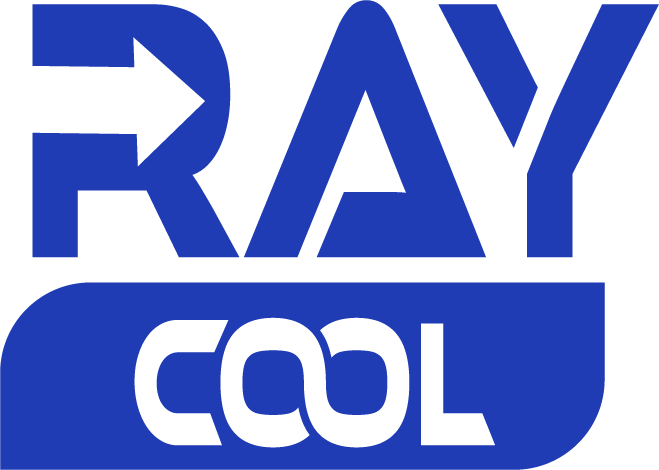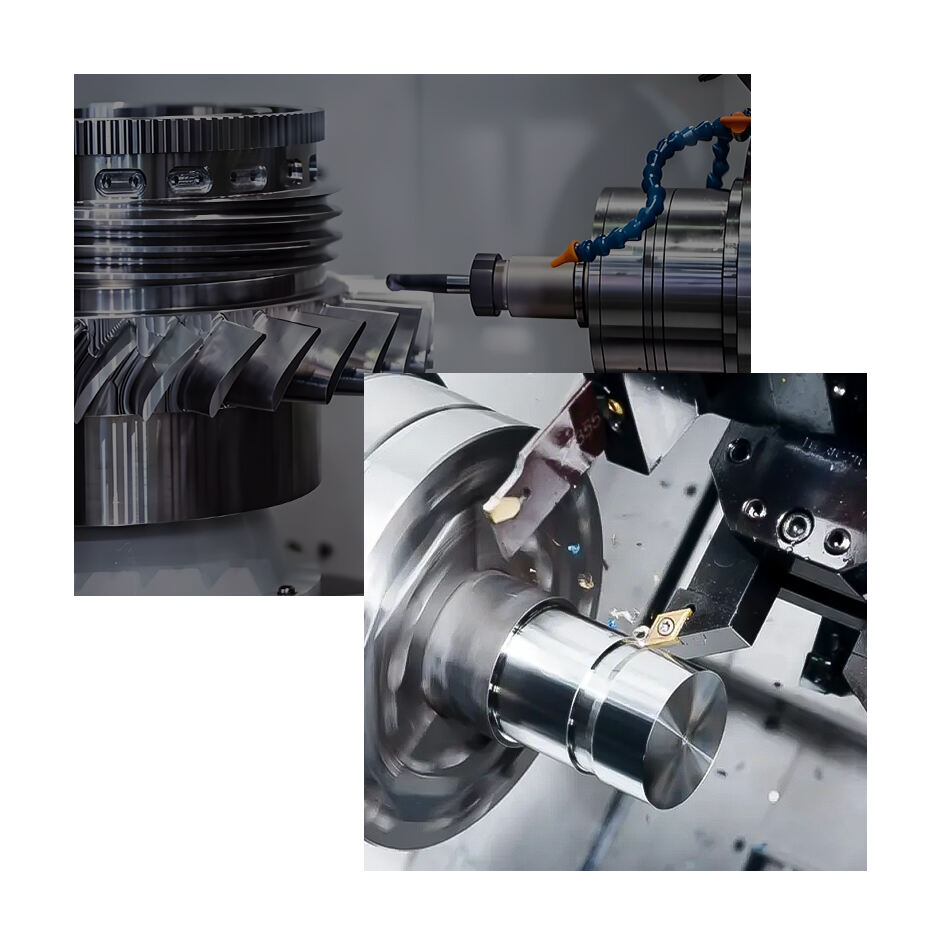Understanding Advanced Metal Surface Treatment Methods
Metal surface protection plays a crucial role in extending the lifespan and enhancing the performance of metal components across various industries. Two prominent methods, anodizing and electroplating, stand out as sophisticated approaches to metal surface protection. While both techniques aim to improve metal durability and appearance, they utilize distinct processes and deliver different benefits. This comprehensive guide explores the fundamental differences between these surface treatment methods, helping you make informed decisions for your metal finishing needs.
The Science Behind Anodizing
Chemical Process and Formation
Anodizing is an electrochemical process that creates a durable, corrosion-resistant oxide layer on metal surfaces, particularly aluminum. The metal workpiece serves as the anode in an electrolytic solution, while an electrical current passes through the bath. This process converts the metal surface into a more robust oxide layer that becomes an integral part of the base material. The resulting surface exhibits exceptional hardness and superior metal surface protection capabilities.
Applications and Benefits
The anodizing process finds extensive applications in aerospace, architecture, and consumer electronics. The protective layer formed through anodizing not only prevents corrosion but also provides an excellent base for secondary finishes. Industries value anodized surfaces for their durability, color retention, and ability to maintain the metal's natural appearance while enhancing its protective properties.
Environmental Considerations
From an environmental perspective, anodizing stands out as a more eco-friendly metal surface protection option. The process typically uses less toxic chemicals compared to electroplating, and the finished products are recyclable. Many manufacturers are turning to anodizing to meet increasingly stringent environmental regulations while maintaining high-quality surface protection standards.
Electroplating Fundamentals
Process Mechanics and Implementation
Electroplating involves depositing a thin layer of metal onto another metal's surface through electrodeposition. The process requires an electrolytic solution containing dissolved metal ions, which are attracted to the target surface when an electrical current passes through the bath. This metal surface protection technique creates a distinct layer of material that bonds to the base metal, offering both decorative and functional benefits.
Material Versatility
One of electroplating's main advantages lies in its versatility. The process can work with numerous metal combinations, allowing for custom solutions in metal surface protection. Common plating metals include gold, silver, nickel, chrome, and zinc, each offering unique properties for specific applications. This flexibility makes electroplating particularly valuable in industries requiring specialized surface characteristics.
Performance Characteristics
The electroplated layer provides excellent wear resistance, corrosion protection, and enhanced electrical conductivity. These properties make it ideal for electrical components, automotive parts, and decorative applications. The thickness and composition of the plated layer can be precisely controlled, enabling manufacturers to meet exact specifications for their metal surface protection requirements.

Comparing Cost and Durability Factors
Initial Investment Considerations
When evaluating metal surface protection methods, cost plays a significant role in the decision-making process. Anodizing typically requires lower initial investment due to simpler equipment requirements and less expensive chemicals. Electroplating, while potentially more costly to set up, often provides more versatile finishing options that can justify the higher initial expenses for certain applications.
Long-term Performance Analysis
The durability of both treatments varies depending on the application environment and maintenance practices. Anodized surfaces generally exhibit better wear resistance in outdoor applications, while electroplated finishes might require periodic maintenance to maintain optimal protection. Understanding these long-term implications helps in selecting the most cost-effective metal surface protection solution for specific use cases.
Industrial Applications and Selection Criteria
Sector-Specific Requirements
Different industries have varying requirements for metal surface protection. The aerospace sector often prefers anodizing for aluminum components due to its lightweight and durable finish. Meanwhile, the automotive industry frequently opts for electroplating, particularly for parts requiring specific electrical conductivity or aesthetic appeal. Understanding industry-specific needs helps in choosing the appropriate surface treatment method.
Technical Specifications
Selection criteria should consider factors such as operating environment, expected lifespan, and performance requirements. For instance, components exposed to harsh weather conditions might benefit more from anodizing, while parts requiring precise electrical properties might be better suited for electroplating. These technical considerations ensure optimal metal surface protection for each application.
Future Trends in Surface Treatment Technology
Innovative Developments
The field of metal surface protection continues to evolve with new technologies and improved processes. Hybrid solutions combining the benefits of both anodizing and electroplating are emerging. These innovations aim to enhance protection while reducing environmental impact and processing costs, representing the future direction of surface treatment technologies.
Sustainability Advances
Environmental considerations are driving developments in both anodizing and electroplating processes. New techniques focus on reducing water consumption, minimizing harmful emissions, and using more environmentally friendly chemicals. These advances ensure that metal surface protection methods remain viable while meeting increasingly strict environmental standards.
Frequently Asked Questions
How long do anodized and electroplated finishes typically last?
The lifespan of surface treatments varies significantly based on environmental conditions and usage. Anodized finishes typically last 15-20 years under normal conditions, while electroplated surfaces may require maintenance or replacement after 5-10 years, depending on the application and environment.
Can these surface treatments be applied to all types of metals?
Anodizing works best with aluminum and its alloys, while electroplating can be applied to a wider range of metals including steel, copper, and brass. The choice of treatment depends on the base metal and desired properties of the finished surface.
Which process offers better corrosion resistance?
Both processes provide excellent corrosion resistance when properly applied. Anodizing creates an integral protective layer that excels in outdoor applications, while electroplating can offer superior protection in specific chemical environments, depending on the plating metal chosen.

